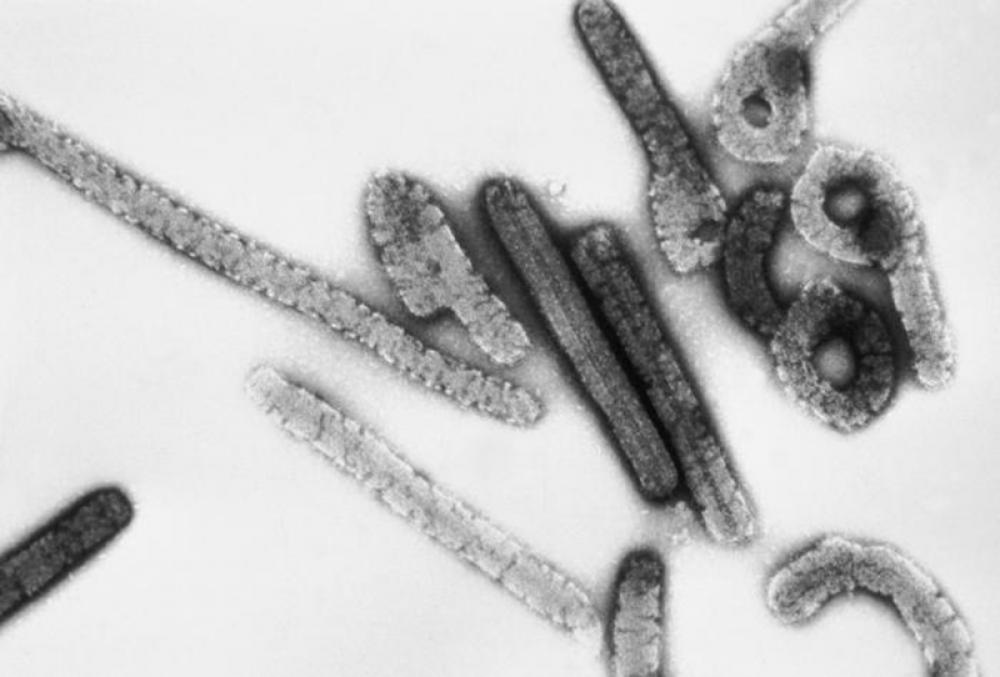Just Earth News | @justearthnews | 18 Jul 2022, 03:19 am Print
 Marburg
Marburg Image: Wikimedia Commons
Accra: Ghana has recorded two cases of deadly Marburg virus infection.
The African nation confirmed the development after a World Health Organization (WHO) Collaborating Centre laboratory confirmed earlier results.
The Institut Pasteur in Dakar, Senegal received samples from each of the two patients from the southern Ashanti region of Ghana – both deceased and unrelated – who showed symptoms including diarrhoea, fever, nausea and vomiting, read a statement issued by WHO.
The laboratory corroborated the results from the Noguchi Memorial Institute for Medical Research, which suggested their illness was due to the Marburg virus.
One case was a 26-year-old male who checked into a hospital on 26 June 2022 and died on 27 June.
The second case was a 51 -year-old male who reported to the hospital on 28 June and died on the same day.
Both cases sought treatment at the same hospital within days of each other.
“Health authorities have responded swiftly, getting a head start preparing for a possible outbreak. This is good because without immediate and decisive action, Marburg can easily get out of hand. WHO is on the ground supporting health authorities and now that the outbreak is declared, we are marshalling more resources for the response,” said Dr Matshidiso Moeti, WHO Regional Director for Africa.
More than 90 contacts, including health workers and community members, have been identified and are being monitored.
What is Marburg?
Marburg is a highly infectious viral haemorrhagic fever in the same family as the more well-known Ebola virus disease.
It is only the second time the zoonotic disease has been detected in West Africa.
Guinea confirmed a single case in an outbreak that was declared over on 16 September 2021, five weeks after the initial case was detected.
Previous cases:
Previous outbreaks and sporadic cases of Marburg in Africa have been reported in Angola, the Democratic Republic of the Congo, Kenya, South Africa and Uganda. WHO has reached out to neighbouring high-risk countries and they are on alert.
How does the disease transmit to people?
Marburg is transmitted to people from fruit bats and spreads among humans through direct contact with the bodily fluids of infected people, surfaces and materials.
Illness begins abruptly, with high fever, severe headache and malaise. Many patients develop severe haemorrhagic signs within seven days.
Case fatality rates have varied from 24% to 88% in past outbreaks depending on virus strain and the quality of case management. Although there are no vaccines or antiviral treatments approved to treat the virus, supportive care – rehydration with oral or intravenous fluids – and treatment of specific symptoms, improves survival.
A range of potential treatments, including blood products, immune therapies and drug therapies, as well as candidate vaccines with phase 1 data are being evaluated.
- From thinning to thriving? New hair loss treatment is showing promising results in trials
- Surprising coffee link: Daily cups may slow ageing in severe mental illness
- Malaria crisis looms as WHO reveals explosive rise in drug resistance
- Study shows nanoplastics from bottles are not just pollution—They may be harming you from within
- Are birth control pills affecting your mental health? New study raises red flags



-1763561110.jpg)


